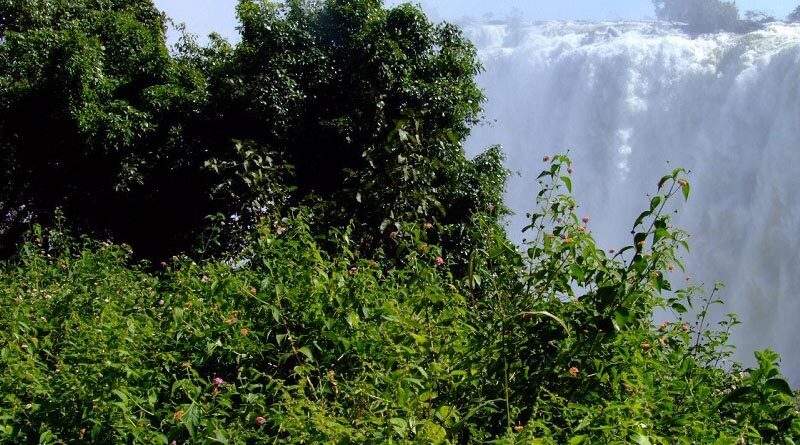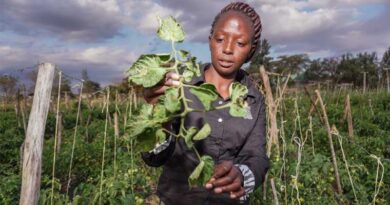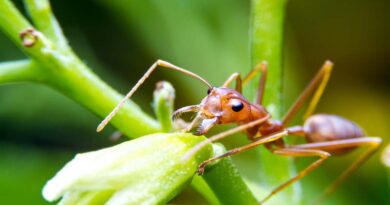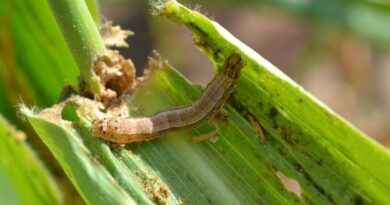Study highlights ways to strengthen the Invasive Alien Species system in Zambia
22 March 2022, Zambia: A CABI-led study has highlighted recommendations to help improve the invasive species system in Zambia including the establishment of a central body to coordinate Invasive Alien Species (IAS) activities and advocation of increased funding for the prevention, early detection, rapid response and control of IAS.
‘CABI Working Paper 27: An invasive species system assessment in Zambia’ sought to understand the current status of the invasive species system in Zambia – including its responsiveness as well as establishing a baseline against which changes can be reviewed at a later date if required.
The study, which included a document/literature review and interviews with key actors, found both strengths and weaknesses within the system – such as a broad range of actors who are aware of the need for invasive species management but, on the other hand for instance, a severe lack of training and resources.
IAS can cause damage to crops, livestock production and other economic activities, human health and the environment. A recent CABI study, published in CABI Agriculture & Bioscience, estimated that the cost of IAS on Africa’s agricultural sector is around USD $65.58 billion a year.
The research highlights that a broad range of actors in Zambia are involved in managing and mitigating the negative impacts of ISA – including Bird Watch Zambia, World Wildlife Fund Zambia and the International Crane Foundation (ICF) – and have had some success in attracting external funding for IAS-related work that is key to biodiversity preservation and environmental conservation in Zambia.
However, the researchers point out that among the weaknesses there is a disconnect between ministries and collaboration between them is weak and fragmented. They add that there is a need for clarification on mandates, roles and responsibilities.
Kate Constantine, lead author of the working paper, said, “While there are both strengths and weaknesses within the invasive species system in Zambia, there is potential to improve the situation and put in place an effective system.
“This needs to be done with optimal stakeholder engagement, effective data and knowledge management, and community participation, to achieve results for all stages of IAS management.”
Other recommendations highlighted in the working paper include the procurement and distribution of inspection kits and reference materials as part of safeguards to prevent further spread of IAS at land borders and documenting the economic impacts of IAS.
Frances Williams, a co-author of the working paper, said, “Zambia has in place some of the key elements of an effective invasive species system, with a number of committed and competent actors who are ready to deliver on their respective mandates in a collaborative manner.
“The requirement now is to ensure the apex body and coordination mechanism, led by the Zambia Environmental Management Agency (ZEMA), is formalized as soon as possible.
“If the threats to this process – such as slow progress in fulfilling the remaining steps and lack of government support in regard to providing an enabling environment to support ZEMA’s efforts – can be overcome, there is high potential to achieve a very effective invasive species system in Zambia.”
Previous work on IAS in Zambia through the United Nations Environment Programme/Global Environment Facility project ‘Removing Barriers to Invasive Plant Management in Africa’ (RBIPMA) has ensured there is a clear mandate and an established framework for IAS management in the country, with the process of formally establishing a coordination mechanism at an advanced stage.
The next steps towards a functioning invasive species system are within reach and, alongside the range of engaged and active stakeholders present within the invasive species space, there is high confidence that an effective invasive species system can be formalised in the near future.















